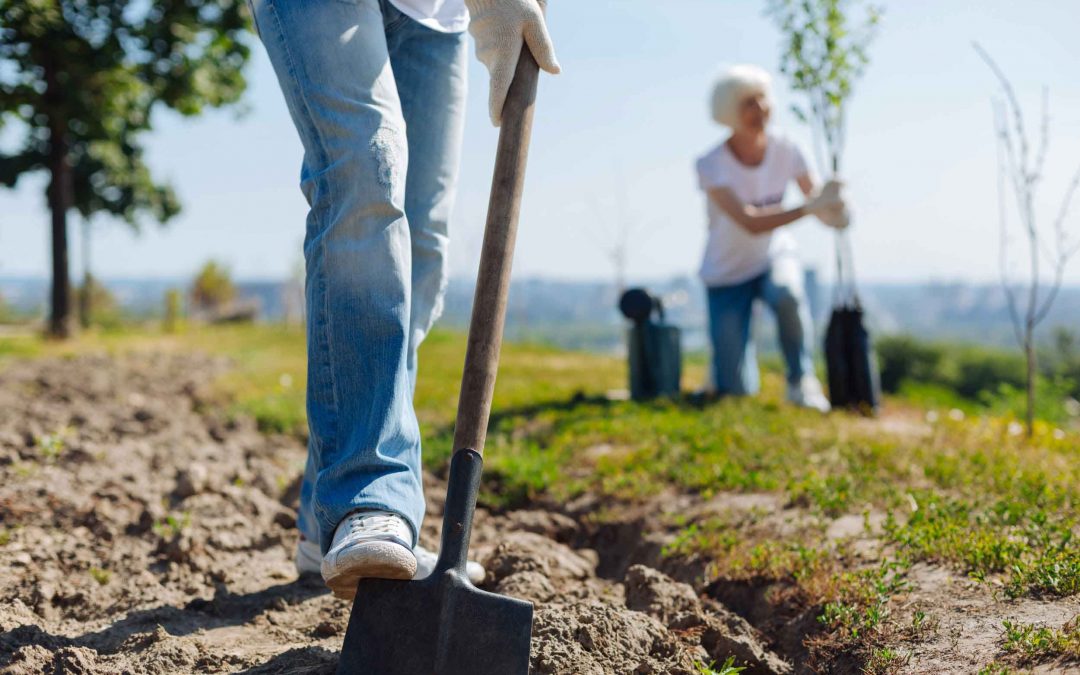The sustainability trend is here to stay. With the Covid-19 lockdown having provided space and time to pause and think of the environment we live in, people who previously dashed unthinkingly from one day to the other have increasingly turned to thoughts of lifestyle improvements which are first of all, eco-friendly. As Dr Niranjan Hiranandani, Co-Founder and MD – Hiranandani Group, would have it:
“…Consciously we have struck a harmonious balance between the inevitable need for urbanization and responsibility towards sustainability. Our radical solutions in green planning engage, inspire and motivate citizens. Through afforestation and horticulture practices we have incorporated handpicked species of plants in our landscaped gardens for a peaceful welcome of rare birds and their habitations…At the same time, we have made a conscious effort to leave large open spaces for the growth of healthy minds and ecosystems. Our organic growth embodies design ingenuity, connection to place, imagination, and above all environmental sustainability. We put our genuine efforts towards exemplary green practices through our intuitive planning and futuristic thinking for a sustainable future.”
Generally-accepted principles to follow while looking for an eco-friendly place to live in are:
- Sustainable Architecture and Design
- Water Conservation
- Energy Efficiency
- Building Materials and Resources
- Indoor Environmental Quality
- Ergonomic and aesthetic apartment layouts
This is where Hiranandani Parks, Oragadam scores. 80% of green space apart, each eco-friendly initiative is tried and tested in all Hiranandani properties:
- Double-walled construction for weather resistance and an extended life
- Airy and spacious units, with great cross-ventilation and high carpet area
- 8-feet high doors and 10.4-feet high floor to ceiling height
- Immaculately painted walls and ceiling with Gypsum Vermiculite Plastering (GVP). Gypsum is a naturally occurring substance that does not deplete the environment. It does not pose any major health hazard. This kind of plastering requires less water and provides better heat insulation.
- Podium, terrace, and gardens in different sites with an intelligent plantation, turning them into botanical hotspots
- Eco-friendly waste disposal techniques to recycle waste and increase biomass for soil fertility
- A layer of mulch or fertilizer is applied to prevent soil erosion and allow better absorption of water
- Water consumption for garden maintenance reduced by modern irrigation methods
- The development is planned for rainwater harvesting & groundwater recharge. The collected water is re-used for other construction activities.
- Intelligent approaches like automatically switching off lights in unoccupied areas
- Sewage Treated Water Plant (STP) so that sewage water is recycled and reused.
As you scout for your slice of paradise, we leave you with these words from the co-founder of the Hiranandani group, which reflects the community’s ethos. In a speech on Oct 26, 2020, Dr Niranjan Hiranandani, who is also thePresident of National Real Estate Development Council, NAREDCO & ASSOCHAM, said, “…the thrust should be on a total environment-friendly structure with a minimum usage of the various utilities along with critically controlling the price factor. This is all the more relevant in the wake of the current global coronavirus pandemic situation.”

